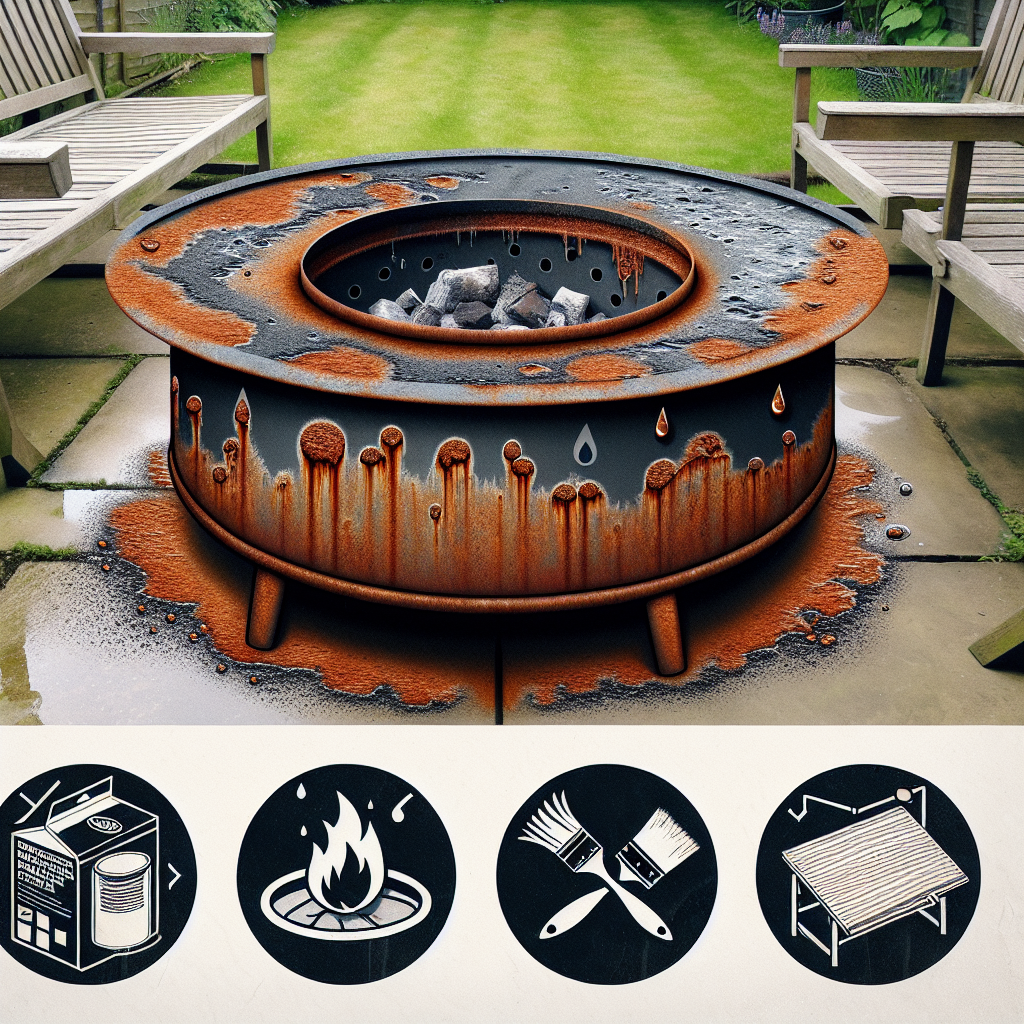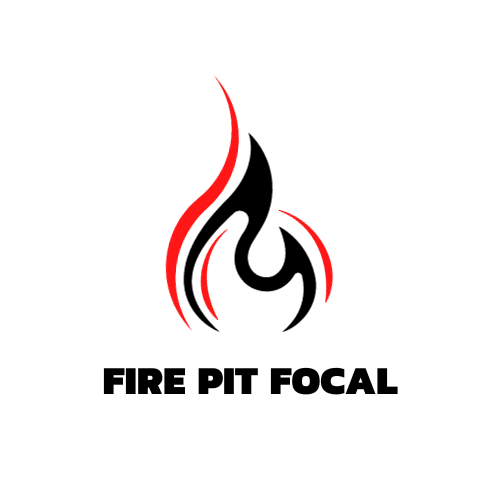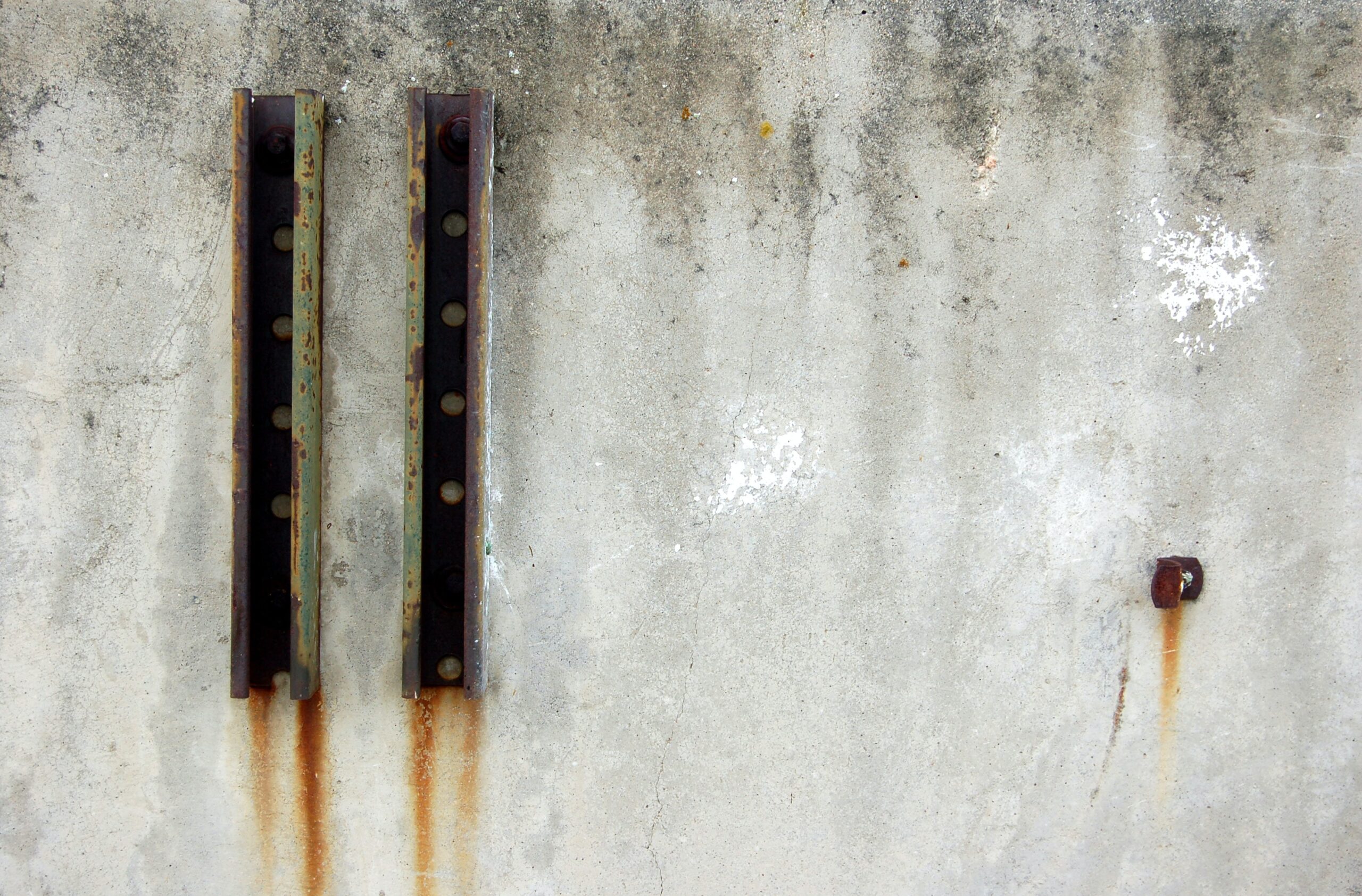If you’re an avid outdoor enthusiast and love spending time around your fire pit, then you’ll definitely want to know how to protect it from rusting. Rust can not only ruin the appearance of your fire pit but also weaken its structural integrity over time. Luckily, there are several practical and effective ways to safeguard your fire pit from this common issue. From using covers and protective coatings to regular maintenance and cleaning, taking these proactive steps will ensure your fire pit remains not only functional but also beautiful for many memorable gatherings to come.
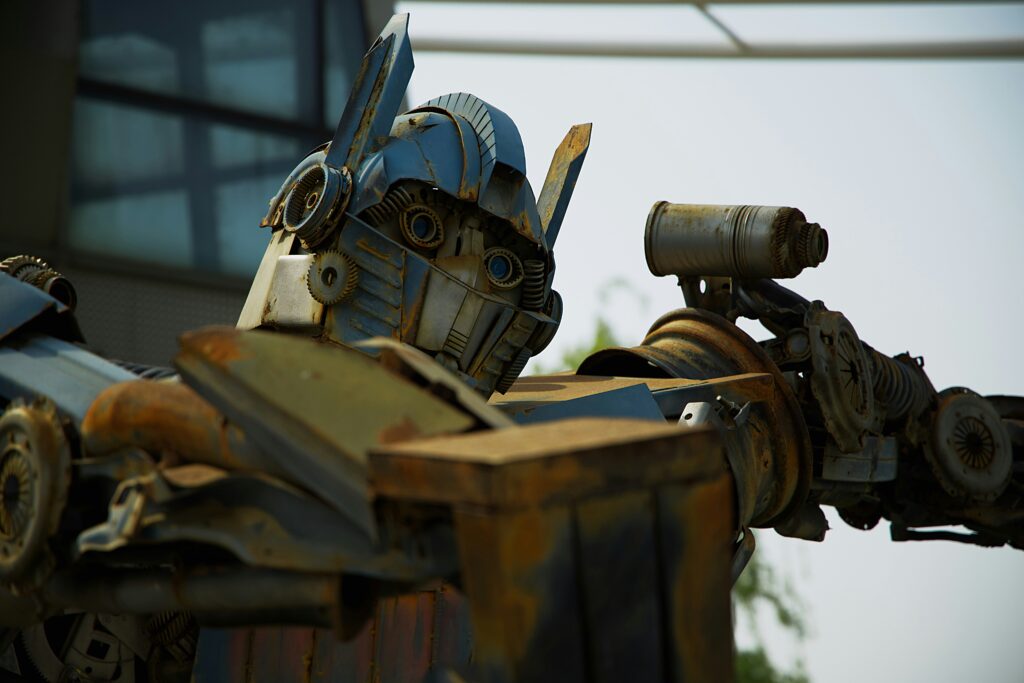
Regular Cleaning
Remove Ash and Debris
Regularly removing ash and debris from your fire pit is essential to prevent rusting. As you enjoy cozy fires, ash and debris can accumulate, and if left unchecked, they can trap moisture, leading to corrosion. To remove ash, use a fireplace shovel or tongs to scoop it out and dispose of it in a metal container. Be cautious when handling hot ashes and wear protective gloves.
Clean with Mild Soap and Water
After removing ash and debris, clean your fire pit with mild soap and water to remove any remaining dirt or grime. Mix a small amount of mild liquid soap with warm water, and using a soft cloth or sponge, gently scrub the surfaces of your fire pit. Pay special attention to the areas prone to rust, such as seams and joints. Avoid using abrasive cleaners or brushes that can damage the finish.
Scrub with a Wire Brush
For more stubborn stains or rust spots, a wire brush can be used to scrub the surface of your fire pit. Use a wire brush with gentle bristles to avoid scratching the metal. Scrub the affected areas in a circular motion, applying light pressure. This will help remove any rust and prepare the surface for further protection.
Covering the Fire Pit
Use a Waterproof Cover
One of the best ways to protect your fire pit from rust and the elements is by using a waterproof cover. When your fire pit is not in use or during periods of rain or snow, covering it with a high-quality waterproof cover can help shield it from moisture. Look for covers specifically designed for fire pits and ensure they are made of durable, weather-resistant materials.
Ensure Proper Fit
When selecting a cover, make sure it fits your fire pit properly. A loose cover can allow moisture to seep in, defeating the purpose of protection. Measure your fire pit carefully and choose a cover that provides a snug fit. Adjustable straps or bungee cords can also help secure the cover and prevent it from blowing off during strong winds.
Remove Cover After Rain
While covering your fire pit is essential, it’s equally important to remove the cover after rain or when the weather clears. Keeping the cover on when the fire pit is damp can trap moisture and lead to rusting. Once the rain has stopped and the fire pit has dried, remove the cover and allow it to air out. This will help prevent any moisture buildup and ensure your fire pit remains in good condition.
Applying a Protective Coating
Use High-Temperature Paint
To protect your fire pit from rust and give it a fresh look, consider using high-temperature paint. High-temperature paint is specially formulated to withstand the heat generated by the fire pit, making it an ideal choice for protection. Before painting, ensure the surface is clean and dry. Apply the paint evenly, following the manufacturer’s instructions, and allow it to dry completely before using the fire pit again.
Apply Rust-Resistant Spray
In addition to high-temperature paint, applying a rust-resistant spray can provide an extra layer of protection to your fire pit. Rust-resistant sprays create a barrier that helps prevent moisture from reaching the metal surface, reducing the risk of rust formation. Choose a spray specifically designed for outdoor metal surfaces, and apply it according to the instructions provided.
Consider Heat-Resistant Powder Coating
For a more durable and long-lasting protective finish, consider heat-resistant powder coating. Powder coating provides a thicker, more resilient layer of protection compared to paint or spray. It is applied electrostatically and then cured under heat, creating a hard, smooth finish that is highly resistant to rust, scratches, and fading. Consult a professional to determine if powder coating is a suitable option for your fire pit.
Using Heat-Resistant Pads or Tiles
Place Heat-Resistant Pads or Tiles Below the Fire Pit
To protect the surface underneath your fire pit and prevent heat transfer, consider using heat-resistant pads or tiles. These specially designed pads are made to withstand high temperatures and act as a barrier between the fire pit and the ground or any other surface. Place the heat-resistant pad or tiles directly below the fire pit to provide an additional layer of protection.
Choose Durable and Heat-Resistant Materials
When selecting heat-resistant pads or tiles, opt for materials that are durable and can withstand the heat generated by the fire pit. Look for products made from fire-resistant materials such as cement, stone, or ceramic. Ensure that the chosen materials are rated for high temperatures and are specifically designed for use under fire pits.
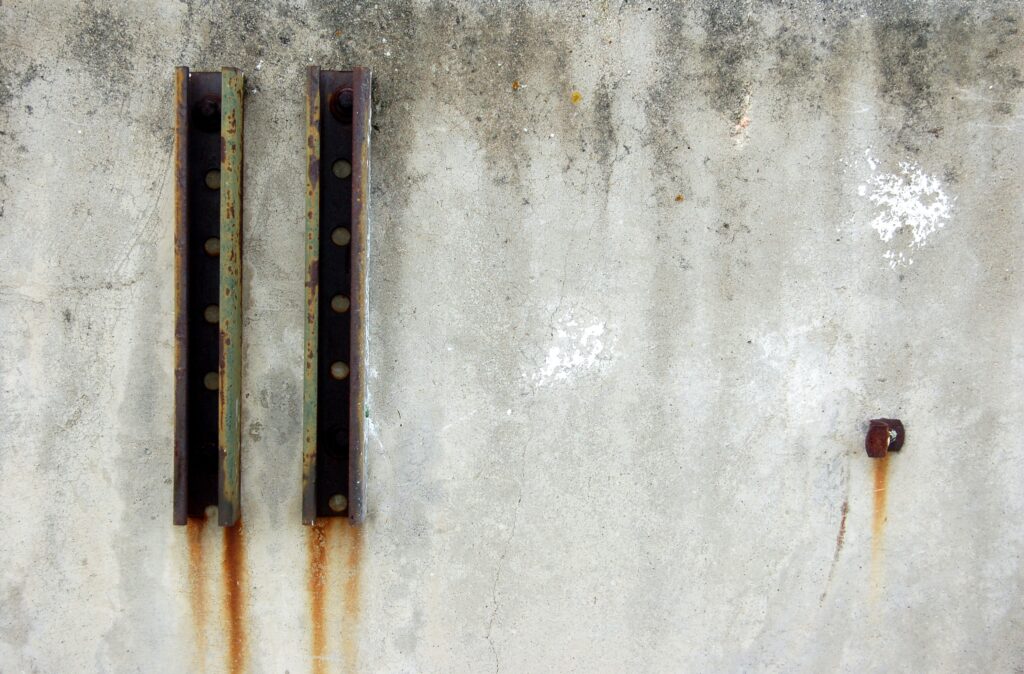
Avoiding Water Accumulation
Drain Water from Fire Pit
Water accumulation in your fire pit can lead to rusting, so it’s important to regularly drain any water that may collect. After rain or when the fire pit is exposed to water, check for any standing water inside. If your fire pit doesn’t have built-in drainage holes, carefully tilt it to allow the water to pour out. Use caution when handling a heavy or large fire pit, and be mindful of not getting wet in the process.
Use Drainage Holes or Gravel Base
If your fire pit doesn’t have built-in drainage holes, consider drilling a few small holes in the bottom to allow water to escape. Be sure to place a catch basin or gravel base underneath the fire pit to prevent water from seeping into the ground. This will help prevent water buildup and minimize the chances of rust formation.
Elevate the Fire Pit
Another way to prevent water accumulation is by elevating your fire pit slightly off the ground. Placing bricks or concrete blocks under the legs or base of the fire pit will create space for airflow and allow any water to drain easily. This simple step can significantly reduce the risk of rusting caused by trapped moisture.
Storing the Fire Pit Properly
Store Indoors During Winter
If you live in an area with harsh winters or frequent snowfall, it is advisable to store your fire pit indoors during the winter months. Extreme cold temperatures, ice, and snow can accelerate rusting and cause damage to the fire pit. Find a dry area in your garage, basement, or storage shed where you can safely store the fire pit until the weather improves.
Place in a Dry Location
Even if you don’t need to store your fire pit indoors, ensure you place it in a dry location when not in use. Prolonged exposure to rain, snow, or humidity can promote rust formation. Choose a covered patio, deck, or any other spot that provides shelter from the elements. If no covered options are available, consider using a waterproof cover to protect the fire pit from moisture.
Cover When Not in Use
Whenever your fire pit is not in use, it is a good practice to cover it with a waterproof cover. This helps protect it from rain, snow, and other environmental factors that can contribute to rusting. Remember to remove the cover and allow the fire pit to dry thoroughly before using it to ensure there is no moisture trapped underneath.
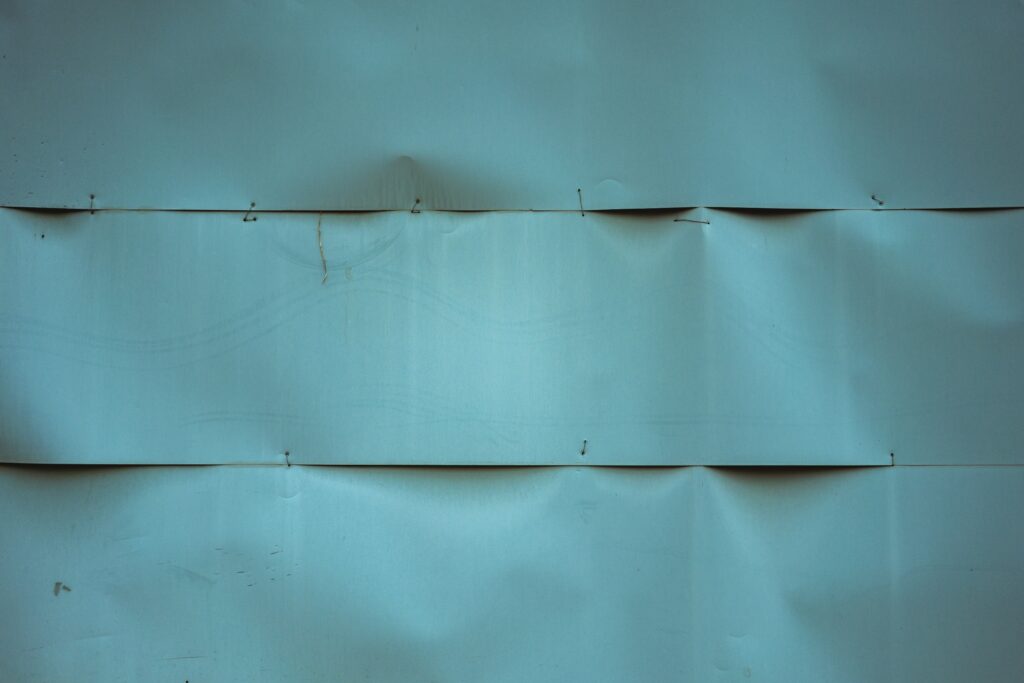
Avoiding Moisture Traps
Don’t Place Fire Pit on Grass or Soil
Placing your fire pit directly on grass or soil can create a moisture trap, which can promote rusting. Moisture from the ground can seep into the base of the fire pit, leading to corrosion over time. It is advisable to place your fire pit on a non-flammable surface such as concrete, pavers, or a fire-resistant mat specifically designed for this purpose.
Avoid Using Fire Pit on Wooden Decks
While it may be tempting to use your fire pit on a wooden deck for convenience, it can lead to moisture retention and potential fire hazards. Heat from the fire pit can transfer to the wood, causing it to dry out and become susceptible to ignition. To avoid these risks, always use your fire pit on a non-combustible surface away from flammable materials.
Ensure Proper Air Circulation
Proper air circulation is crucial to prevent moisture buildup and rust formation. Avoid placing your fire pit against walls or in enclosed spaces where air cannot circulate freely. adequate airflow helps reduce the chances of condensation, which can contribute to rusting. Allow ample space around the fire pit and ensure there are no obstructions hindering the flow of air.
Avoiding Chemical Exposures
Keep Fire Pit Away from Pool Chemicals
If you have a swimming pool or are using pool chemicals nearby, it is vital to keep your fire pit at a safe distance. Pool chemicals, such as chlorine, can be corrosive and cause damage to metal surfaces, including your fire pit. Ensure your fire pit is placed far away from any potential chemical splashes or fumes to avoid unnecessary exposure.
Avoid Using Harsh Cleaning Solutions
When cleaning your fire pit, avoid using harsh cleaning solutions that can potentially damage the metal and strip off any protective coatings. Opt for mild soap and water solutions or specialized metal cleaners specifically formulated for fire pits. Read the instructions of any cleaning product you use and test it on a small, inconspicuous area of your fire pit before applying it to the entire surface.
Be Mindful of Acidic Substances
Certain substances, such as citrus fruits or vinegar, have acidic properties that can cause corrosion when in contact with metal surfaces. Be mindful of any acidic substances near your fire pit, especially when entertaining guests. If accidentally spilled, promptly rinse the affected area with water to neutralize the acidity and prevent any lasting damage.
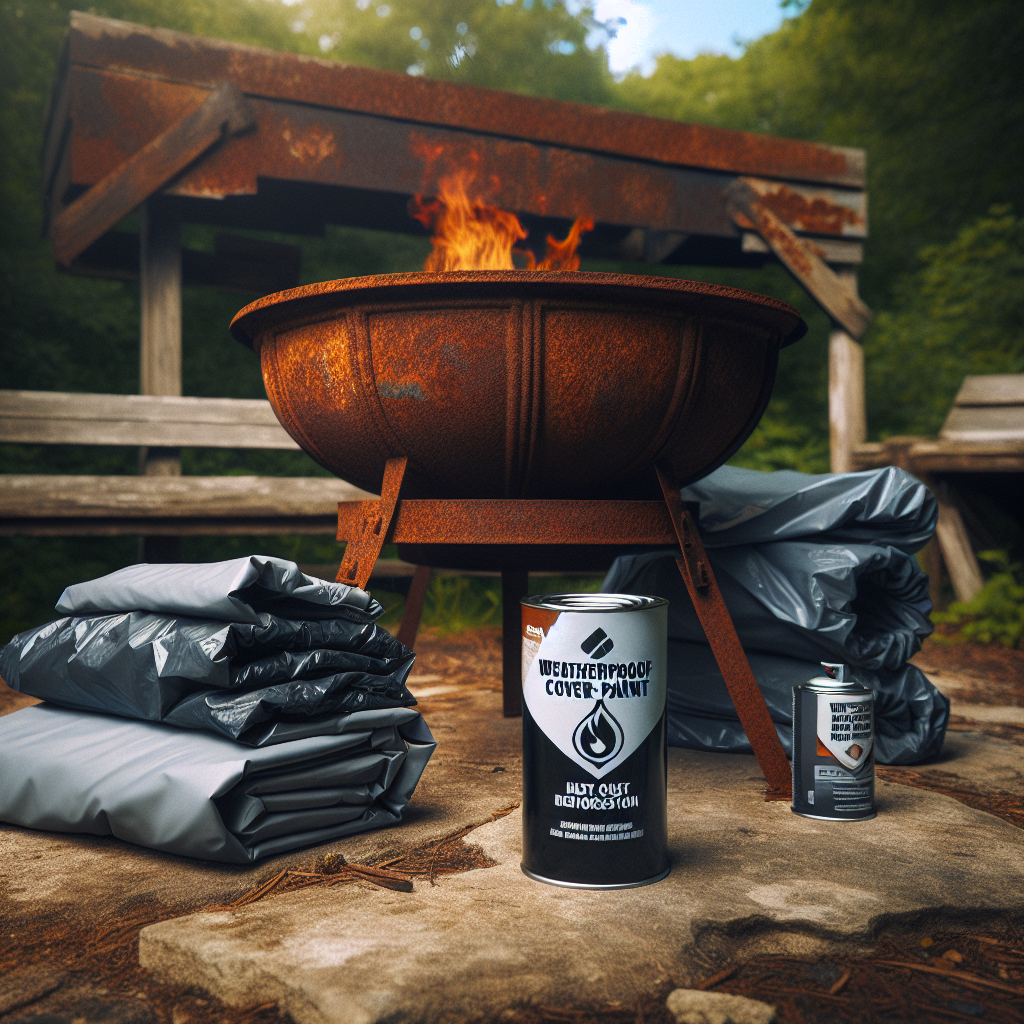
Using Rust-Inhibiting Products
Apply Rust-Inhibiting Spray
To further protect your fire pit from rusting, consider applying a rust-inhibiting spray regularly. Rust-inhibiting sprays create a protective barrier that helps prevent the formation of rust and corrosion. Apply the spray according to the manufacturer’s instructions, ensuring complete coverage on all exposed metal surfaces. Reapply as recommended or whenever signs of rust start to appear.
Use Rust-Preventative Oils or Coatings
Rust-preventative oils or coatings provide an additional layer of protection against rust and corrosion. These products penetrate into the metal surface and create a barrier that resists moisture and oxidation. Apply the oil or coating onto clean and dry surfaces, following the instructions provided by the manufacturer. Regularly inspect the fire pit for any signs of wear or deterioration, and reapply the rust-preventative product as needed.
Regular Maintenance
Inspect for Rust and Damage
Regularly inspect your fire pit for any signs of rust or damage, even if you have been implementing preventive measures. Check the joints, seams, and any exposed metal surfaces for any signs of corrosion or wear. Early detection allows for prompt action and prevents rust from spreading further. Carefully examine areas prone to rust, such as hinges, handles, and decorative elements.
Repair or Replace Any Rusty Parts
If rust is spotted during your inspection, it’s important to address it promptly to prevent further damage. Scrub the affected area with a wire brush or sandpaper to remove the rust, and apply a rust-inhibiting spray or rust-preventative oil to protect the exposed metal. If the rust has caused significant damage, consider replacing the affected parts or contacting a professional for repair.
Follow Manufacturer’s Maintenance Guidelines
Each fire pit may have specific maintenance guidelines provided by the manufacturer. It is essential to follow these guidelines to ensure the longevity and optimal performance of your fire pit. Refer to the instruction manual or check the manufacturer’s website for any specific cleaning, maintenance, or warranty information. Adhering to these guidelines will help you keep your fire pit in excellent condition for years to come.
By following these comprehensive steps, you can protect your outdoor fire pit from rusting and ensure its longevity. Regular cleaning, proper covering, applying protective coatings, using heat-resistant pads or tiles, and avoiding moisture traps and chemical exposures are all vital aspects of fire pit maintenance. Remember to perform regular inspections and address any rust or damage promptly to keep your fire pit in optimal condition. With proper care, your fire pit will continue to provide warmth and relaxation for countless enjoyable evenings in your outdoor space.
